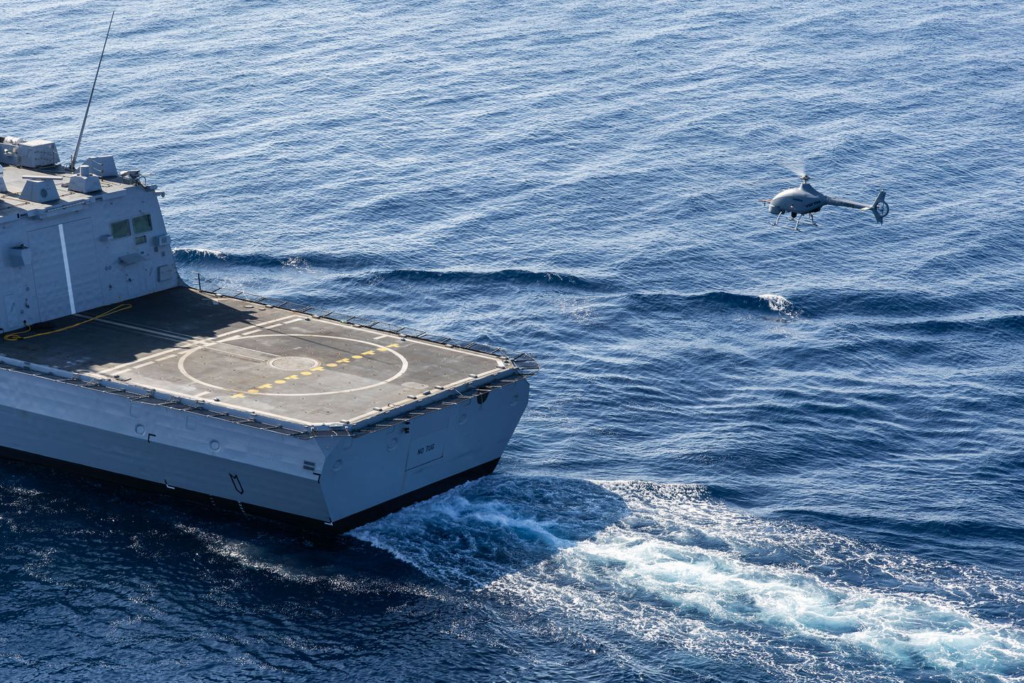Airbus Helicopters and Naval Group test unmanned aerial system
Marignane, France, October 31, 2023 – Airbus Group SE (Paris: AIR) Helicopters and Naval Group, in collaboration with the French Armament General Directorate, DGA (Direction génerale de l’armement), and the French Navy, have tested the…

